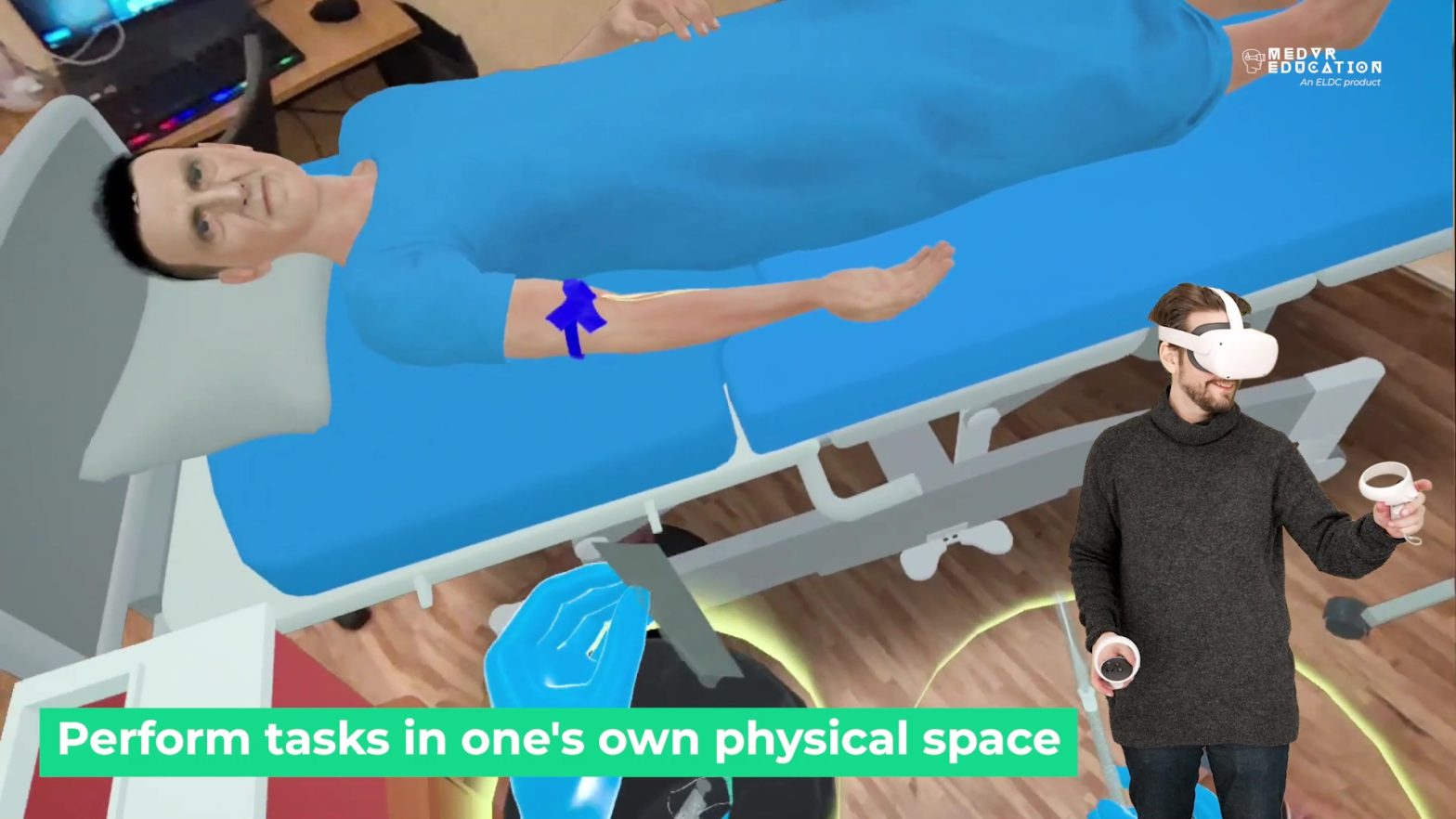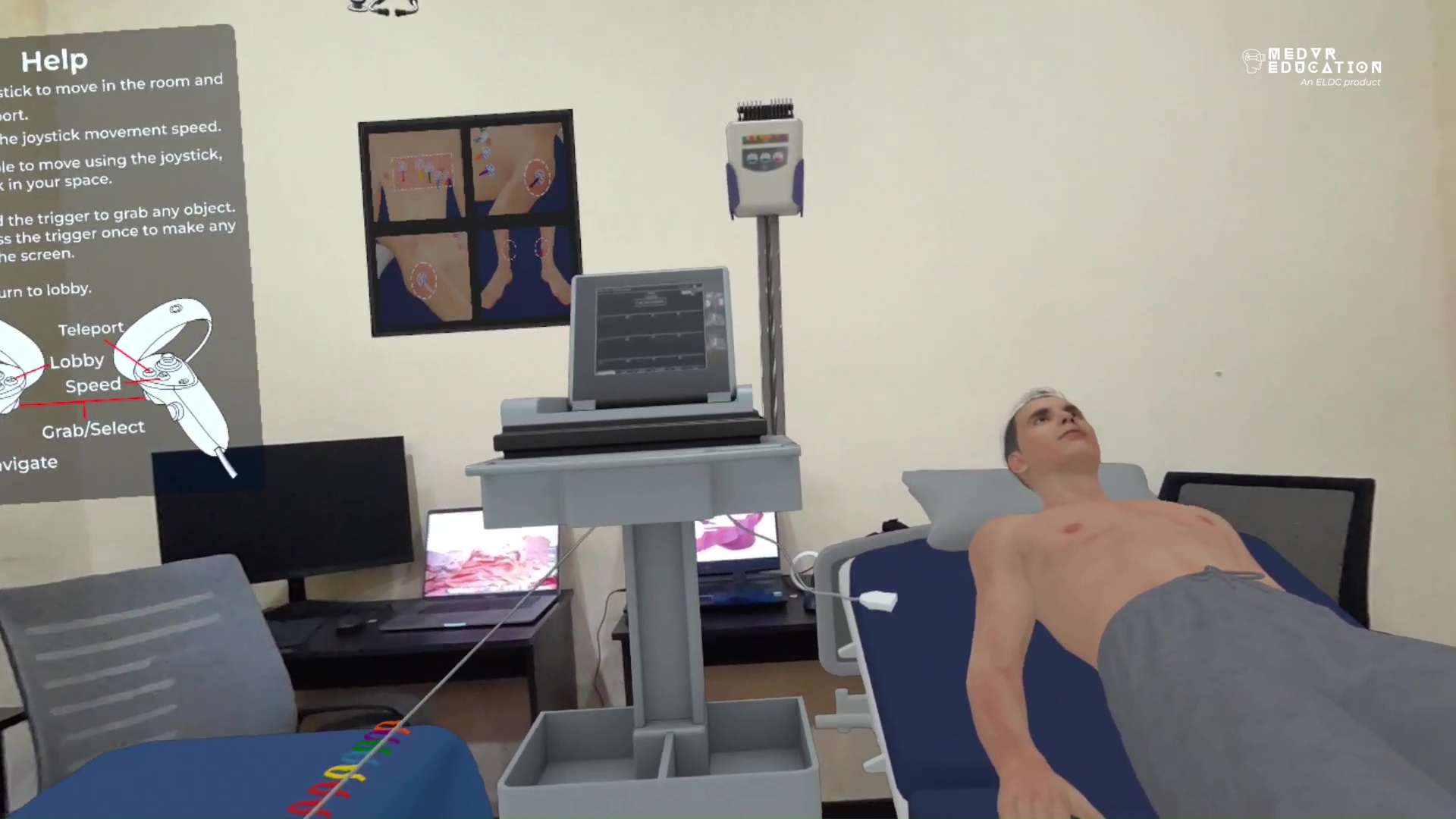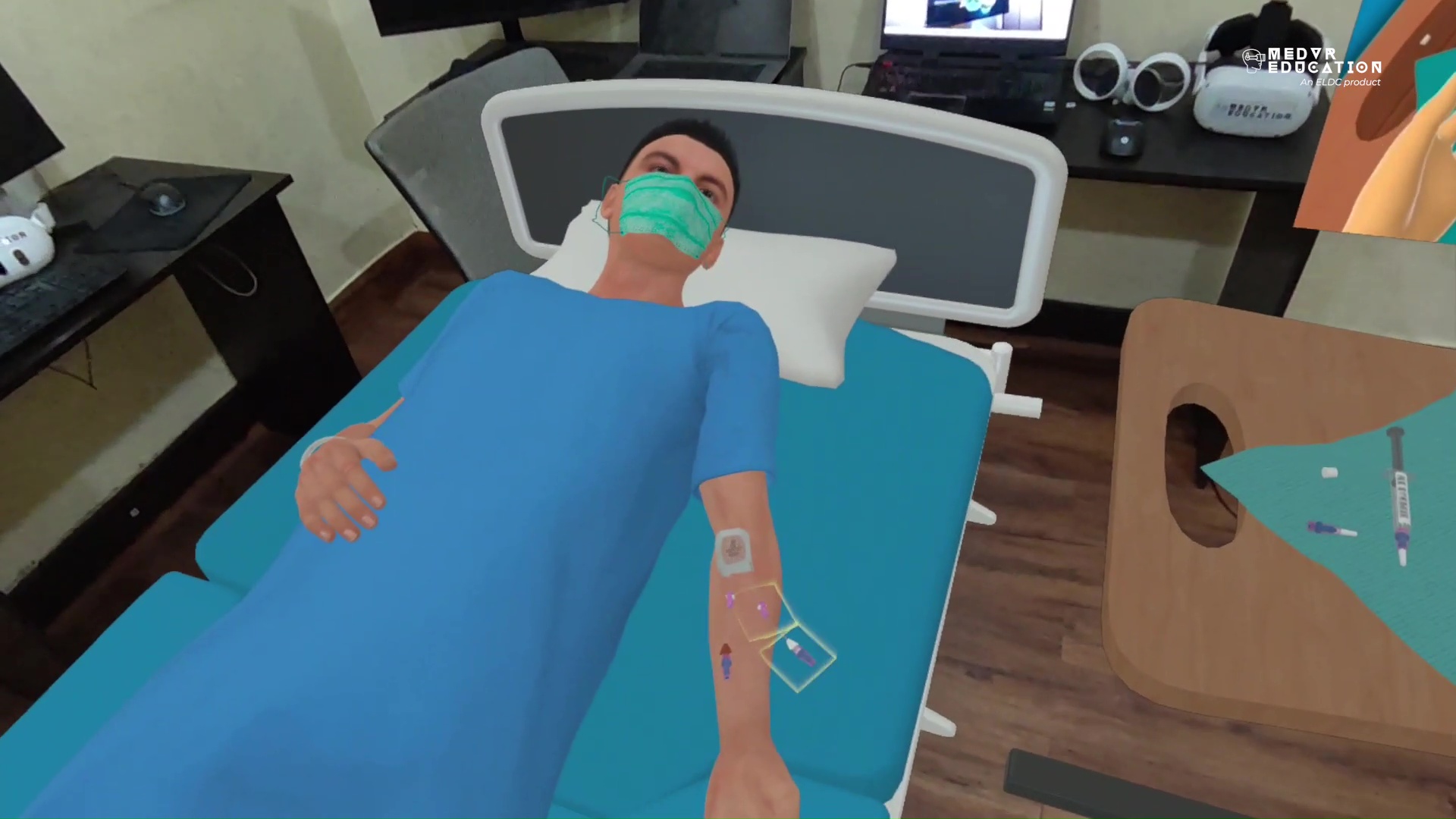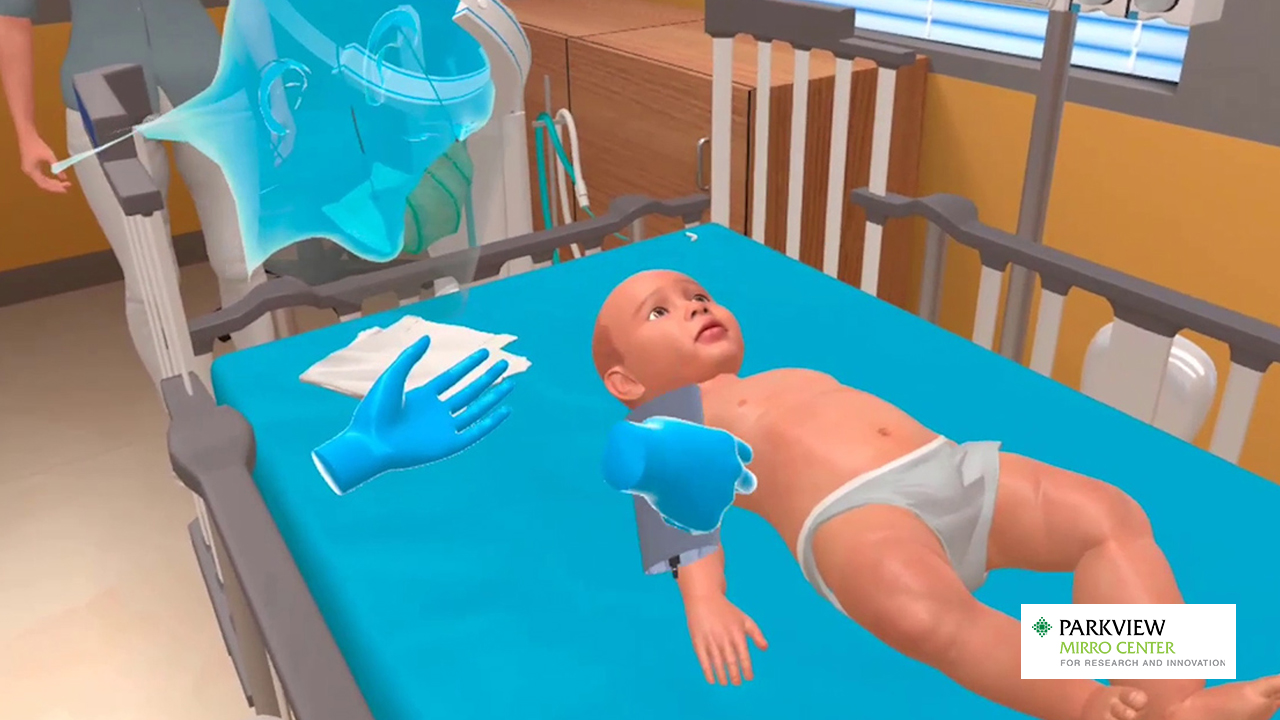
In the realm of virtual healthcare training, there exist different kinds of realities. There is augmented reality (AR), virtual reality (VR) and now mixed reality (MR). In augmented reality digital objects are laid upon real objects. We can view these digital pieces but cannot interact with them. A smartphone is capable of accessing AR content. Virtual reality requires the user to step into a digitally created virtual world where it is possible to interact with the virtual objects. Between the two lies mixed reality. Mixed reality takes the digital objects and overlays them upon real world environments and allows the user to interact with these digital objects. Both VR and MR content are accessed using VR/MR headsets.
Mixed Reality (MR) vs Virtual Reality (VR)
Similarities
Though mixed reality contains features related to both AR and VR, it can be considered to be closer to VR in application. Quite a few similarities can be found between the two ‘realities.’
– Both MR and VR provide immersive experience – users are transported to an alternative environment, whether entirely virtual (VR) or a mix of virtual and real elements (MR), enabling users to feel present in those environments.
– Both require Head Mounted Displays – users are required to strap on goggles to access content.
– Both allow users to interact with digital objects – there is significant interaction with digital objects overlaid on physical surroundings (MR) or in virtual environments (VR).
Differences
On the other hand, there are some differences between the two that set them apart to a great degree.
– Nature of immersion – VR consists of a digitally created virtual environment thereby providing an absolute immersive experience. Users cannot see the real world around them. MR merges reality with digital and users can see both virtual and physical elements simultaneously. MR overlays digital content onto the real-world environment, augmenting it rather than replacing it entirely.
– Interaction with reality – In VR, users are cut off from the real world as the headset blocks out the physical environment and creates an entirely synthetic environment. MR enables users to interact with digital objects while still being aware of and interacting with their real surroundings.

Advantages of MR in Healthcare Training
The very features that differentiate MR from VR prove to be the biggest advantages of this technology. When integrated into training programs like those for healthcare providers, MR provides learners with experiences that are very close to reality, helping them better relate to the training sessions and scenarios.
– Interaction with reality: MR, as we discussed earlier, does not replace the real world with an artificial one. The user is very much part of the real world, can see the space around themselves, interact with real objects and simultaneously with digital objects.
– No more dizziness: VR, for some people, can be disorienting or cause motion sickness due to complete immersion in a virtual environment. MR, on the other hand, maintains a connection with the real world and eliminates the chances of dizziness and provides a comfortable experience to users, especially over extended periods of time.
– Contextual relevance: In MR, since virtual objects are integrated into the real environment it provides contextual relevance, allowing better understanding and application in real-world scenarios. For instance, virtual objects intricately woven into the actual clinical environment foster a deep understanding of procedures and scenarios within a realistic context. This further promotes better retention and applicability of skills.
– Situational awareness: Users in MR maintain complete awareness of their surroundings as they engage with virtual elements. In the field of healthcare training, this heightened situational awareness is crucial as it helps learners understand spatial relationships between digital and physical elements. For instance, while learning complex medical procedures or diagnostic techniques, healthcare trainees can simultaneously observe the layout of a clinical setting, the positions of medical equipment, and the arrangement of patient care items.
– Adaptability and Flexibility: MedVR Ed’s simulations allow the user the flexibility to switch between VR and MR within the simulation environment. This is particularly useful when users need to collaborate and maintain interactions with both worlds.
– Real-time Collaboration: MR allows a team of users to perform tasks on a common virtual object; both while sharing the same physical space or being at varied locations on the globe. This is very beneficial when practicing procedures as a team as it helps promote teamwork and enhance interprofessional skills among learners.

MedVR Ed and Mixed Reality
At MedVR Education, it has been a constant endeavor to provide learners with the best learning solutions. This includes the implementation of the finest technologies that deliver optimum learning opportunities. Working towards meeting this goal, MedVR Education has started offering healthcare training simulation in both VR and MR. While every new solution henceforth will be equipped with an MR option, the technology will be implemented in all existing solutions in due course.
Mixed reality training for healthcare professionals empowers them to acquire and refine their skills in a safe, immersive, and flexible environment, ultimately leading to improved patient care and safety.
Contact us to know more about VR in healthcare training or visit MedVR Education to explore the various programs we offer.


